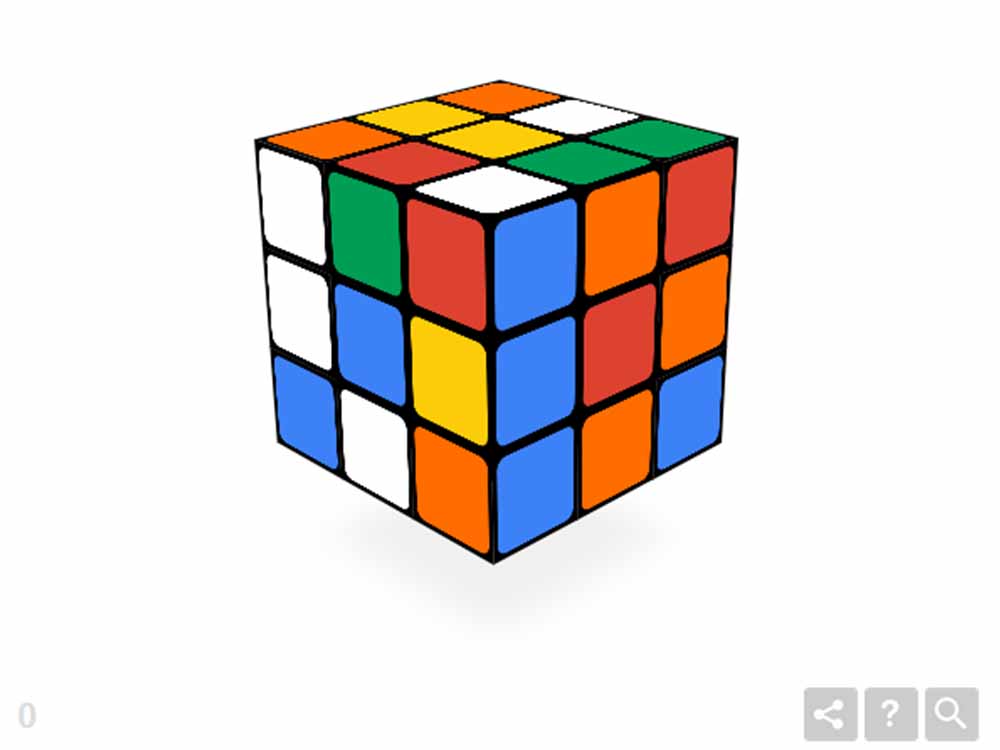A Timeless Puzzle (2014)
The Rubik’s Cube, a deceptively simple yet immensely challenging puzzle, continued to captivate minds and fingers around the world in 2014. This article delves into the history and invention of the Rubik’s Cube, the fascination it sparked among enthusiasts, the competitive world of speedcubing, the educational benefits of the puzzle, and its enduring legacy.
Invention and Early Days of the Cube
The Rubik’s Cube was the brainchild of Ernő Rubik, a Hungarian professor of architecture, who created the puzzle in 1974. Initially, it was called the “Magic Cube.” It wasn’t until 1975 that Rubik patented his invention, and by 1977, it had made its way to international toy fairs. The puzzle was an instant hit, and its popularity grew rapidly.
The Challenge and Appeal of Solving the Cube
The Rubik’s Cube consists of six faces, each made up of nine smaller squares of a single color. The objective is to twist and turn the cube to align all the colors on each face, creating a uniform color for each side. While it might sound simple, solving the cube is a complex task that requires strategy, problem-solving skills, and patience.
The World of Speedcubing
The Rubik’s Cube became the centerpiece of competitive speedcubing events in 2014. Speedcubers from around the world competed to solve the cube as quickly as possible. Records tumbled, and new solving techniques emerged. Feliks Zemdegs, among others, became household names in the speedcubing community, setting records that seemed impossible just a few years earlier.
Educational Benefits and Lasting Legacy
Beyond being a source of entertainment, the Rubik’s Cube had educational benefits. It helped sharpen spatial awareness, critical thinking, and problem-solving skills. Teachers and educators integrated the cube into their classrooms to engage students and foster creativity.
In conclusion, the Rubik’s Cube, a seemingly simple toy, continued to engage, challenge, and educate people in 2014. Its enduring appeal, competitive world of speedcubing, and educational benefits solidified its place as one of the most iconic and timeless puzzles of all time.











